Running AC in "dry" mode only
sunsoleil
6 years ago
Featured Answer
Sort by:Oldest
Comments (34)
kenjwy
6 years agolast modified: 6 years agosunsoleil
6 years agoRelated Professionals
Benicia Solar Energy Systems · Riverside Solar Energy Systems · Sanger Solar Energy Systems · Shelton Solar Energy Systems · Titusville Solar Energy Systems · Wasco Solar Energy Systems · Western Springs Solar Energy Systems · Half Moon Bay Home Automation & Home Media · Hialeah Gardens Home Automation & Home Media · Mount Lebanon Home Automation & Home Media · Sugar Hill Home Automation & Home Media · Fairfield Fireplaces · Germantown Fireplaces · South Jordan Fireplaces · Tooele Fireplaceskenjwy
6 years agosunsoleil
6 years agoJo Montagna
5 years agotigerdunes
5 years agoJo Montagna
5 years agoarmoured
5 years agoJo Montagna
5 years agozneret
5 years agolast modified: 5 years agoionized_gw
5 years agocodyw
4 years agoWajid Zaidi
4 years agolast modified: 4 years agoPatrick Pelletier
3 years agotwintechhvac
3 years agoMadManMark (5a)
3 years agoBub Rivetti
3 years agoUser
3 years agoarmoured
3 years agoAmanda Frederickson
3 years agolast modified: 3 years agoUser
3 years agodadoes
3 years agolast modified: 3 years agoHU-936506310
3 years agoUser
3 years agoarmoured
3 years agolast modified: 3 years agoHU-936506310
3 years agoarmoured
3 years agoHU-936506310
3 years agoMini-Split Warehouse
3 years agoPriyanka Sethi
3 years agoangelo hizon
3 years ago
Related Stories
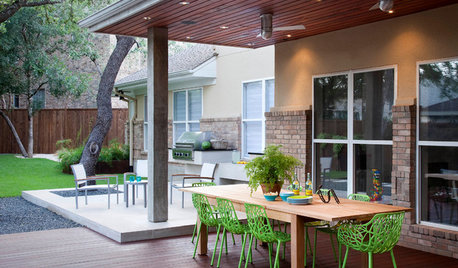
MONTHLY HOME CHECKLISTSYour April Checklist for a Smooth-Running Home
Shake off the winter blues and spring into action to get your home in the spirit of the new season
Full Story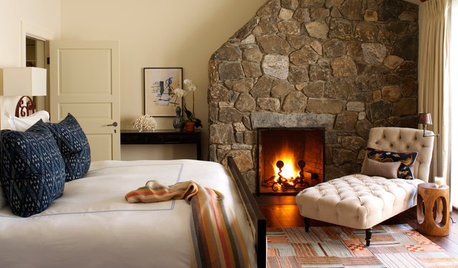
MONTHLY HOME CHECKLISTSSeptember Checklist for a Smooth-Running Home
Get ready to get cozy at home with snuggly blankets, well-stocked firewood, added insulation and more
Full Story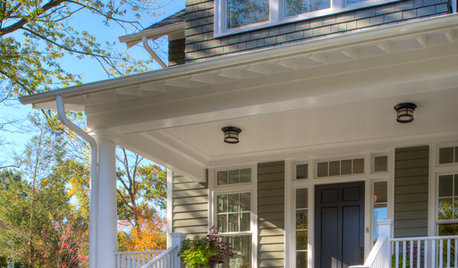
MONTHLY HOME CHECKLISTSOctober Checklist for a Smooth-Running Home
You're due for some winterizing, like clearing rain gutters and stowing swimsuits — but leave time for a fun project
Full Story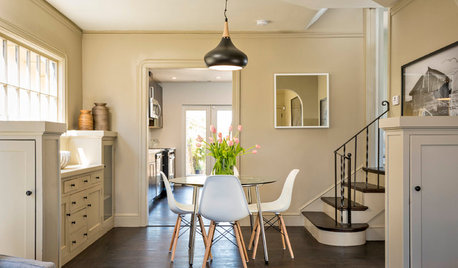
MONTHLY HOME CHECKLISTSNovember Checklist for a Smooth-Running Home
Prep for holiday entertaining and the onslaught of winter to enjoy a healthy home and a relaxed mood
Full Story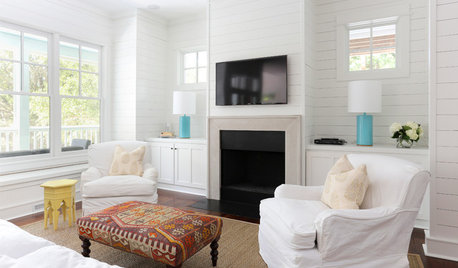
MONTHLY HOME CHECKLISTSYour May Checklist for a Smooth-Running Home
Sail through the rest of spring by spiffing up your home and getting down in the backyard with friends
Full Story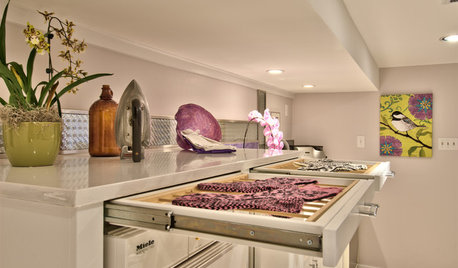
LAUNDRY ROOMSHouzz Call: How Do You Air-Dry Your Clothes in Winter?
Baby, it’s cold outside! Do you have a trick to line-dry clothing indoors? Please tell us about it
Full Story
LIFE6 Ways to Cool Off Without Air Conditioning
These methods can reduce temperatures in the home and save on energy bills
Full Story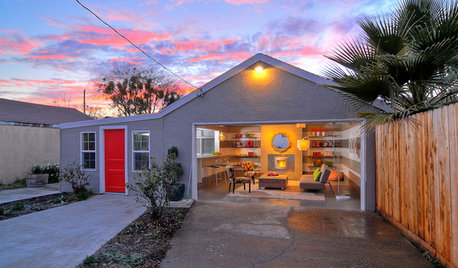
GARAGESHouzz Call: Show Us Your Garage Conversion
Have you switched from auto mode into workshop, office, gym or studio mode? We'd love to see the result
Full Story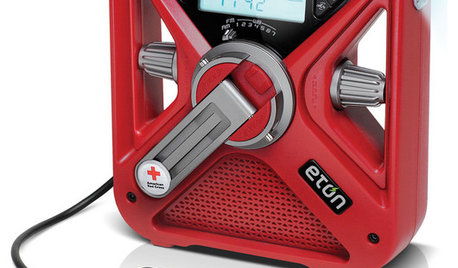
HOME TECH7 Ways to Charge Up and Connect After Disaster
Products and tips for communicating and keeping essential items running till the power's back on
Full Story
DISASTER PREP & RECOVERYMore Power to You: How to Pick the Right Generator
If your home's electricity goes, don't let it take your necessities with it — keep systems running with this guide to backup power
Full StorySponsored
Zanesville's Most Skilled & Knowledgeable Home Improvement Specialists
More Discussions








sunsoleilOriginal Author